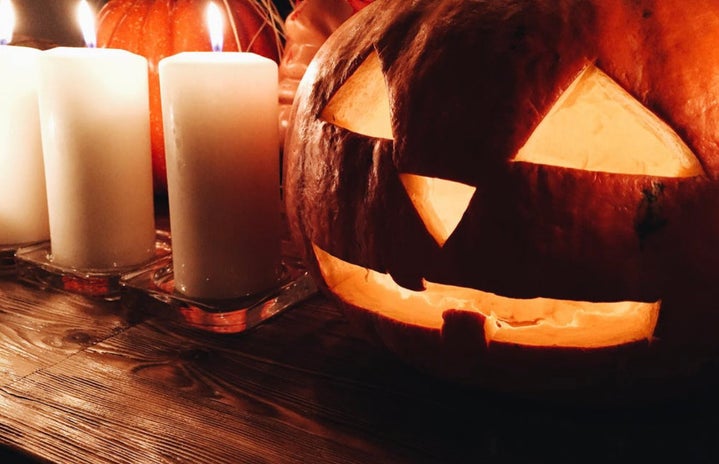Bolivia, at the heart of South America, thrives with plurinationalism, having a vast majority of varied Amerindian populations and a recognized 36 official languages aside from Spanish. As a product, Bolivia celebrates an intertwined culture and cosmovision within its societal traditions and customs. Although a constitutionally secular state, this coexistence has allowed the observance of Andean and Christian syncretism. One prime example of this convergence is Todos Santos, or “All Saint’s Day.”
Starting on November 1st, Todos Santos welcomes the return of the dead in a festivity of reciprocity. It’s said that in the springtime (for the Southern Hemisphere, mind you), the dead can return from the Ukhupacha, or the Andean Underworld, into the Kaypacha, the living world, and enjoy pleasures from their past life with their living family members. This aligns with the Catholic All Saints holiday in Bolivia, allowing for both religions to ceremonialize the cycles of the universe, along with the cycle of renewal and departure.
Andean beliefs call for a commemoration of our deceased loved ones and consider the returning dead to be famished after a year of living within the dry earth. For this, altars and offertory tables called mast’aku are prepared to nourish the deceased, who in exchange give promise of rains for abundant crops for the upcoming year. Typically, mast’aku includes pictures honoring and welcoming the deceased, some of their vices (cigarettes, alcohol, etc.), a glass of water, and various foods.
Baked goods that adorn these offering tables refer to both religions. Some ladder-shaped pastries symbolize the Catholic “ascending to heaven” and T’antawawas are typical of the Andean celebrations. Other personal items also adorn the tables, such as handkerchiefs, toys and more.
On November 2nd, families usually visit their loved ones in the cemetery with a gift of flowers and prayer. It’s on this day that the deceased are given their farewell as they return to the Ukhupacha well-fed and having received love and appreciation from their families.
The coming together of both Catholic and Indigenous cosmovision throughout this celebration is inspiring to the significance of coexistence. There is an obvious historical intent of Amerindian identity and erasure on behalf of the Catholic church. Despite this, it’s beautiful to see how these indigenous perspectives today are more widely accepted at a societal level and taught to newer generations. Indeed, it is its own cycle of renewal and of arrival.



